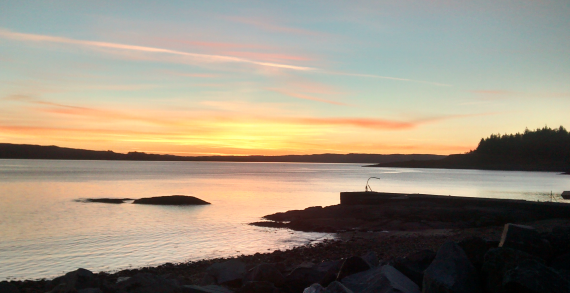When participating in activities on and around the sea, you should have a means of administering first aid either on a bigger boat with a first aid kit on board or a kit easily accessible on the shore. Knowing how to use one can save a person’s life so taking a course on first aid would be a highly advised. Having spares of everything such as clothing and spare parts can help you enjoy your activity more. Having a spare part means a small issue with your equipment is easily fixed and you can continue your sea kayaking session.
Portaging around the locks on the Crinan Canal is all part of the Argyll Sea Kayak experience. A traditional skill, portaging can be carried out in a number of ways depending on your boat type, the number of paddlers in your group and the amount of equipment you have.
Definition: Verb - Carry (a boat or its cargo) between navigable waters. The origin is late Middle English: from French, from porter 'carry'. The sense relating to carrying between navigable waters dates from the late 17th century.
We strongly recommend that paddlers bring their own portage trolleys, to navigate the canal section.
For those times when something unplanned happens, it's good to know that there is support out there. HM Coastguard cover the Argyll and Bute region.
Hamish Young HM Coastguard and Martin Douglas RNLI Loch Ness have helped us produce this short HM Coastguard & RNLI video
Be prepared - here's some key information that the Coastguard will need if you have to call them VHF Operation Channels
In our guide to Paddle Sports, find helpful training information on;
In our guide to Paddle Sports, find helpful information on;

When on the Canal you should;
Always wear a personal buoyancy aid when on the canal, open water or rivers. It is useful to also have a mobile phone in a waterproof pouch on your person or in your buoyancy aid should you fall out of your sea kayak and need to summon assistance (reception can be patchy in some remote areas of the Trail).
Remember the canal is home to two fleets of holiday hire cruisers. These are often skippered by novice boaters and you should expect the unexpected when paddling near them!

On the open water of the lochs remember;
Have a contact ashore whom you call each day to let them know when you're launching and then again when you're safely ashore.
Get some useful paddle safety advice from the RNLI here